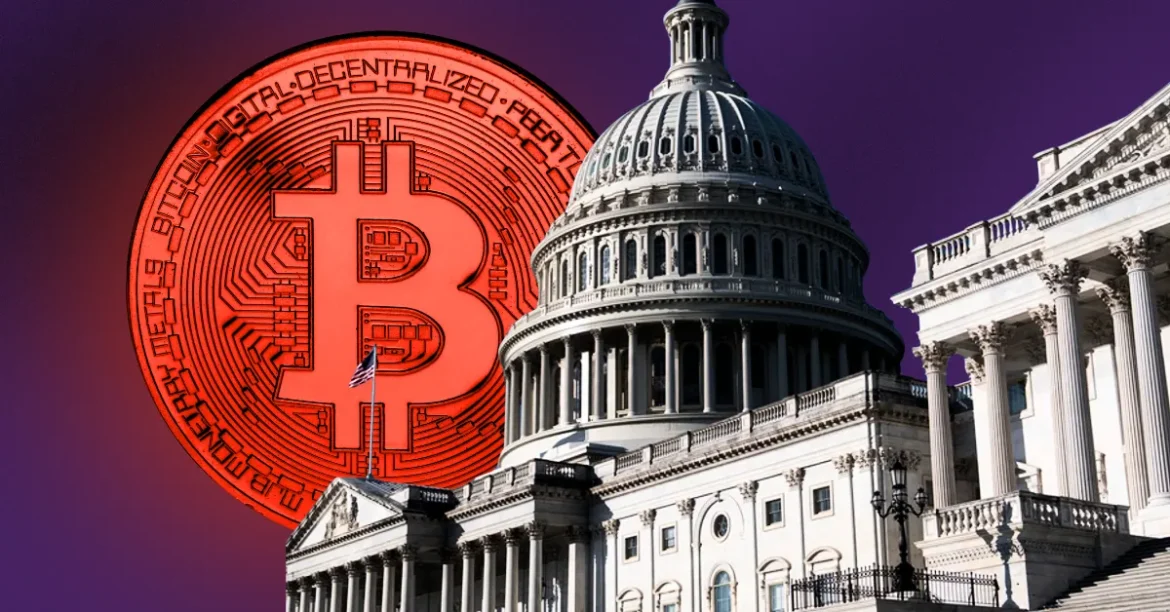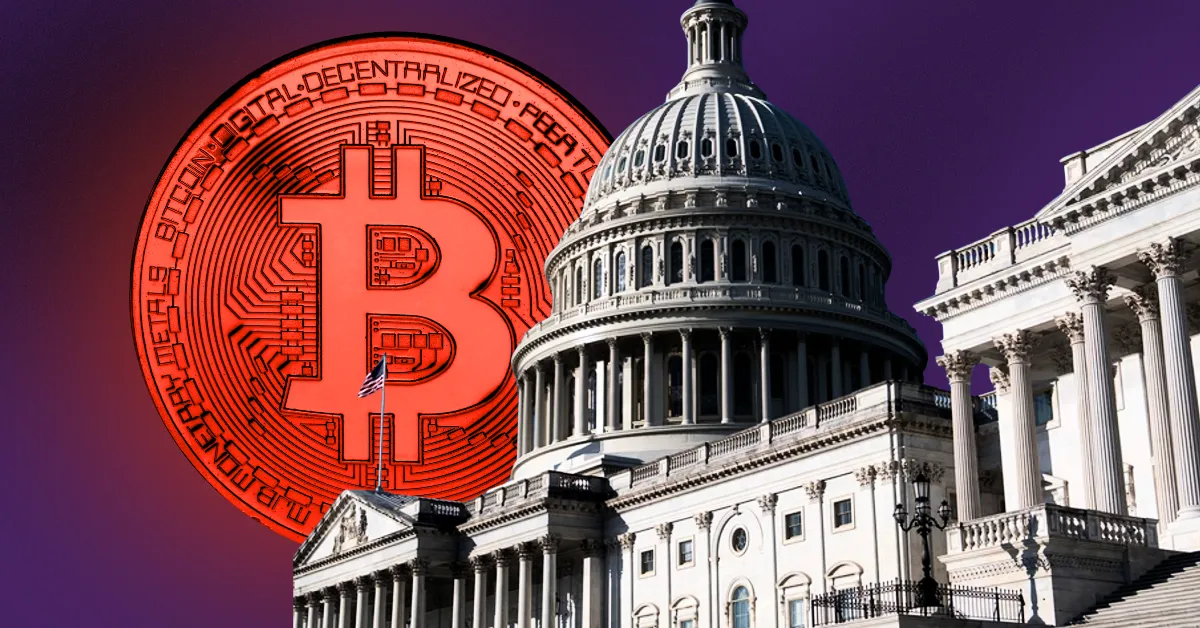The Evolving Relationship: U.S. Policy and the Agile Crypto Market in 2025
The year 2025 has been marked by a fascinating dynamic in the financial landscape: a relatively sluggish pace of U.S. policy development juxtaposed against the rapid, often emotionally-driven, reactions of the cryptocurrency market. While policymakers grapple with regulatory frameworks and economic strategies, crypto traders are demonstrably *not* waiting for definitive guidance, instead operating on anticipation, rumor, and evolving market sentiment. This report analyzes the interplay between U.S. policy – encompassing everything from potential tariffs and government shutdowns to regulatory shifts and tax proposals – and the crypto market’s response throughout the year, highlighting key trends and emerging patterns.
The Speed Differential: Markets vs. Policy
A central theme emerging from the collected data is the significant difference in speed between the crypto market and U.S. policy. Crypto markets, characterized by 24/7 trading and global participation, react almost instantaneously to news and speculation. This is exemplified by the volatility observed following weekend news events, as noted in several reports, and the “sell the rumor, buy the news” trading strategy frequently employed by traders. In contrast, U.S. policy, even when actively pursued, is inherently slower, constrained by legislative processes, bureaucratic procedures, and political considerations.
This disparity creates a situation where market movements are often driven *more* by expectations of policy changes than by the changes themselves. The lack of clarity surrounding Federal Reserve guidance, for instance, fuels speculation and contributes to market volatility. Even the possibility of a U.S. government shutdown, while potentially disruptive to broader economic activity, was framed as likely to *slow* rather than cripple crypto efforts, suggesting a degree of resilience built on anticipating continued operation of essential bodies like the courts and the SEC.
The Trump Factor: A Potential Shift in Tone
The potential impact of a Trump administration on crypto policy is a recurring topic. After years of perceived hostility and aggressive enforcement actions, the industry appears to be anticipating a potential “new era of regulatory clarity” under a second Trump presidency. Signals from new regulators, coupled with proposals like a potential 0% capital gains tax on crypto, have injected renewed optimism into the market. This is evidenced by the renewed interest in Bitcoin, DeFi, and even politically-themed meme coins – dubbed “Big Beautiful Bill” – suggesting a direct correlation between perceived political shifts and investor enthusiasm.
However, the situation is nuanced. While the prospect of a more favorable regulatory environment is encouraging, the implementation of tariffs and ongoing trade negotiations with countries like the EU and Canada introduce new layers of economic uncertainty that impact crypto markets alongside traditional assets. The focus on trade deals and potential economic protectionism adds another variable to the already complex equation.
XRP, Solana, and the Volatility of Reaction
The specific case of XRP and Solana highlights the market’s sensitivity to U.S. policy news. Reports indicate that these cryptocurrencies led a recent crash and subsequent recovery directly tied to developments in U.S. policy. This demonstrates that even specific regulatory actions or legal rulings can trigger significant market fluctuations, underscoring the interconnectedness of the crypto market and the U.S. legal and political landscape. The volatility observed during this period reinforces the idea that the market often overreacts to news, creating both opportunities and risks for traders.
Institutional Interest and Emerging Concerns
Despite the regulatory uncertainty, institutional interest in crypto continues to grow. Schwab’s plans to offer spot crypto trading, for example, signal a growing acceptance of digital assets within traditional financial institutions. However, this interest is tempered by concerns about emerging technological threats to Bitcoin’s dominance, as highlighted by BlackRock’s recent warning. This suggests that while institutions are entering the space, they are doing so with caution and a keen awareness of the evolving risks.
Furthermore, the debate surrounding the potential for the U.S. government to build a Bitcoin reserve – a proposal to acquire 200,000 BTC annually for five years – reflects a growing discussion about the role of digital assets in national economic strategy. This idea, while ambitious, underscores the increasing recognition of Bitcoin’s potential as a store of value and a hedge against traditional financial risks.
The Taxman Cometh: Regulatory Compliance and Industry Pushback
The impending implementation of 1099-DA reporting requirements for crypto transactions in 2025 is a significant regulatory development. This increased scrutiny from the IRS is likely to impact trading behavior and potentially drive some activity offshore. However, the industry is not passively accepting these changes. Some traders are actively lobbying regulators, seeking clarification on crypto regulations *before* Congress passes broader market structure bills, demonstrating a proactive effort to shape the regulatory landscape.
The struggle for regulatory clarity is further compounded by concerns that unclear U.S. regulations may force crypto innovators to relocate overseas, potentially hindering the growth of the industry within the United States. This highlights the delicate balance between protecting investors and fostering innovation.
A Market Driven by Sentiment and Speculation
Throughout 2025, a consistent theme emerges: the crypto market is heavily influenced by sentiment and speculation. The advice to “always wait” when trading, and the observation that many traders aren’t focused on increasing Bitcoin’s value but rather maintaining its worth in relation to fiat currency, suggest a cautious and often passive investment approach. This is further reinforced by the ongoing debate about whether crypto will ever achieve mainstream currency adoption, with arguments centering on its lack of trackability and reliance on a non-physical asset.
Navigating the Uncertainty: A Future Defined by Adaptation
The relationship between U.S. policy and the crypto market in 2025 is characterized by a dynamic tension. The market’s agility and responsiveness stand in stark contrast to the deliberate pace of policymaking. While the potential for a more crypto-friendly environment under a new administration offers a glimmer of hope, ongoing economic uncertainties and regulatory challenges remain.
The key takeaway is that the crypto market is learning to operate *despite* – and sometimes even *because of* – the ambiguity of U.S. policy. Traders are becoming adept at anticipating policy shifts, reacting to rumors, and navigating a complex regulatory landscape. The future of crypto in the U.S. will likely be defined not by the absence of uncertainty, but by the industry’s ability to adapt, innovate, and thrive in its midst.





